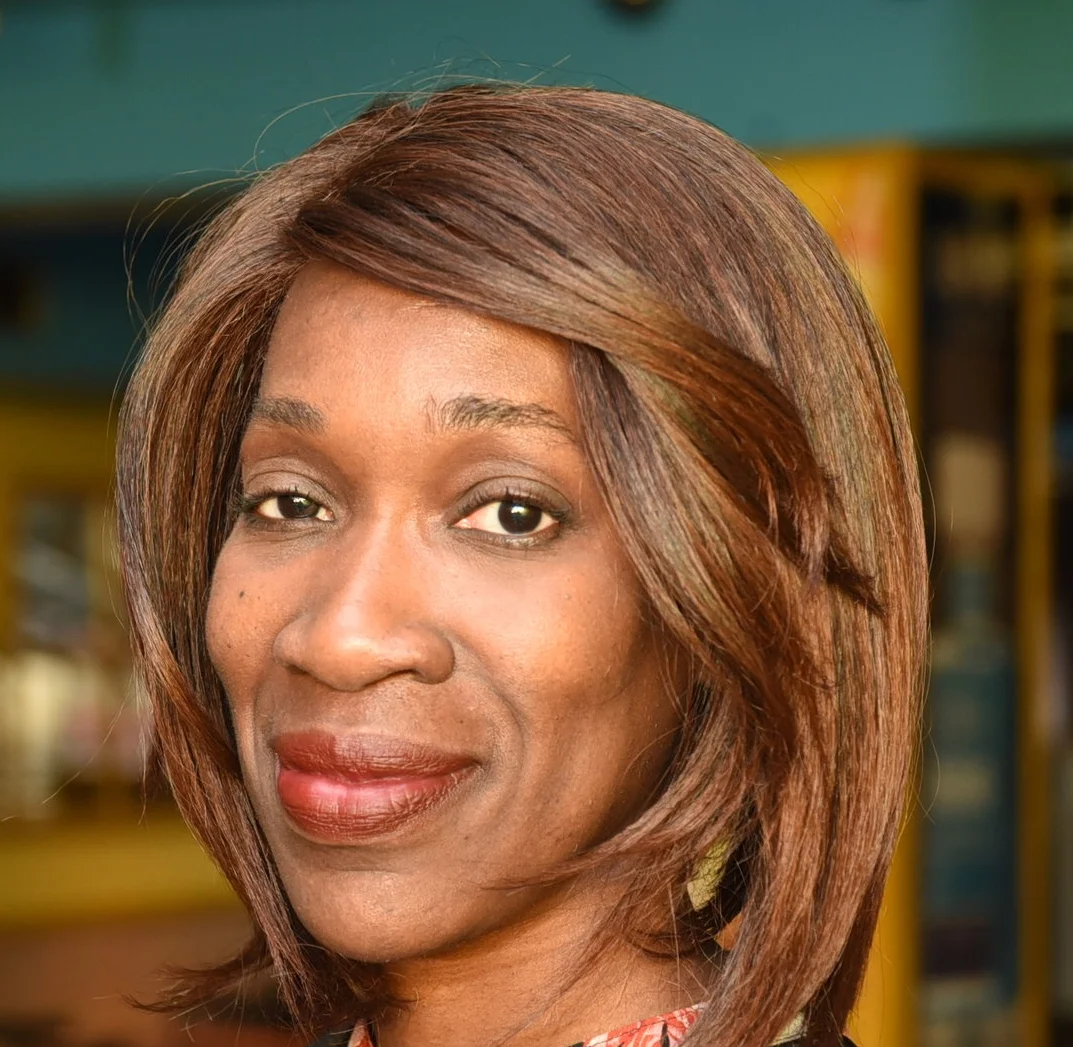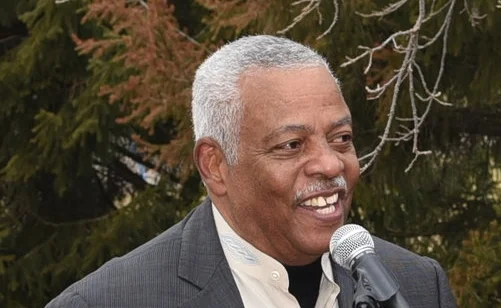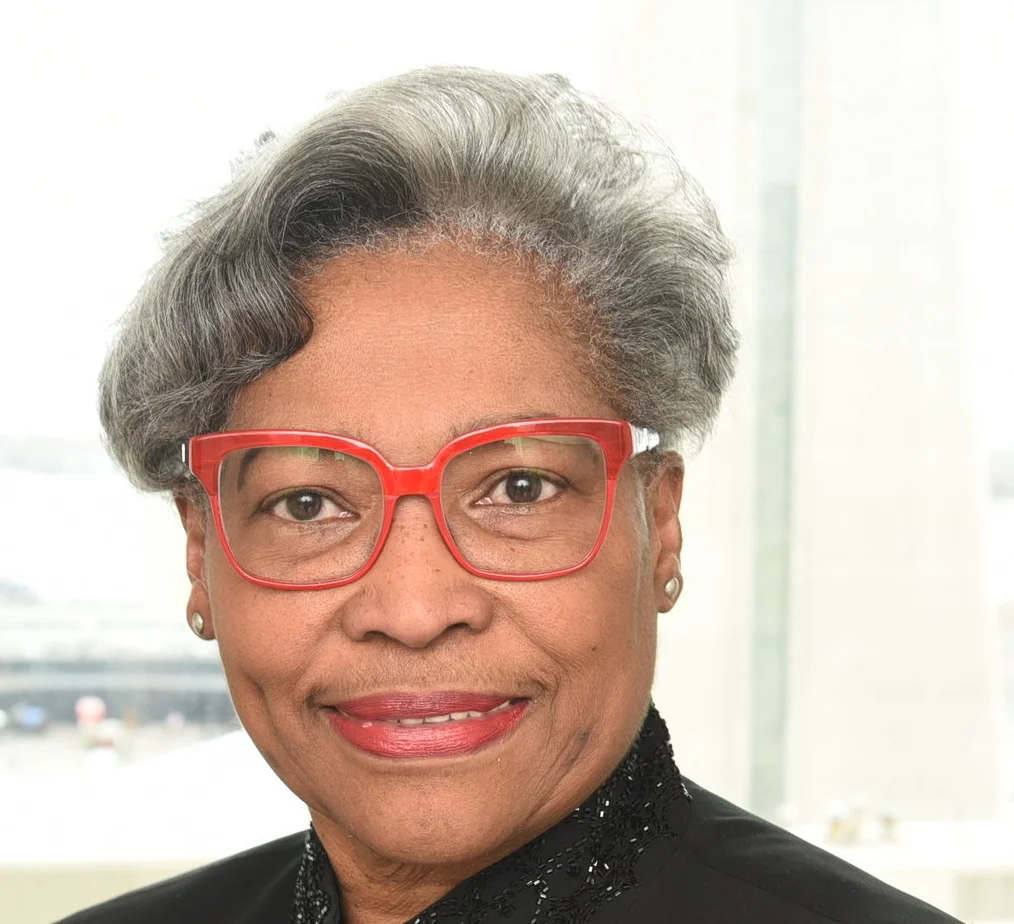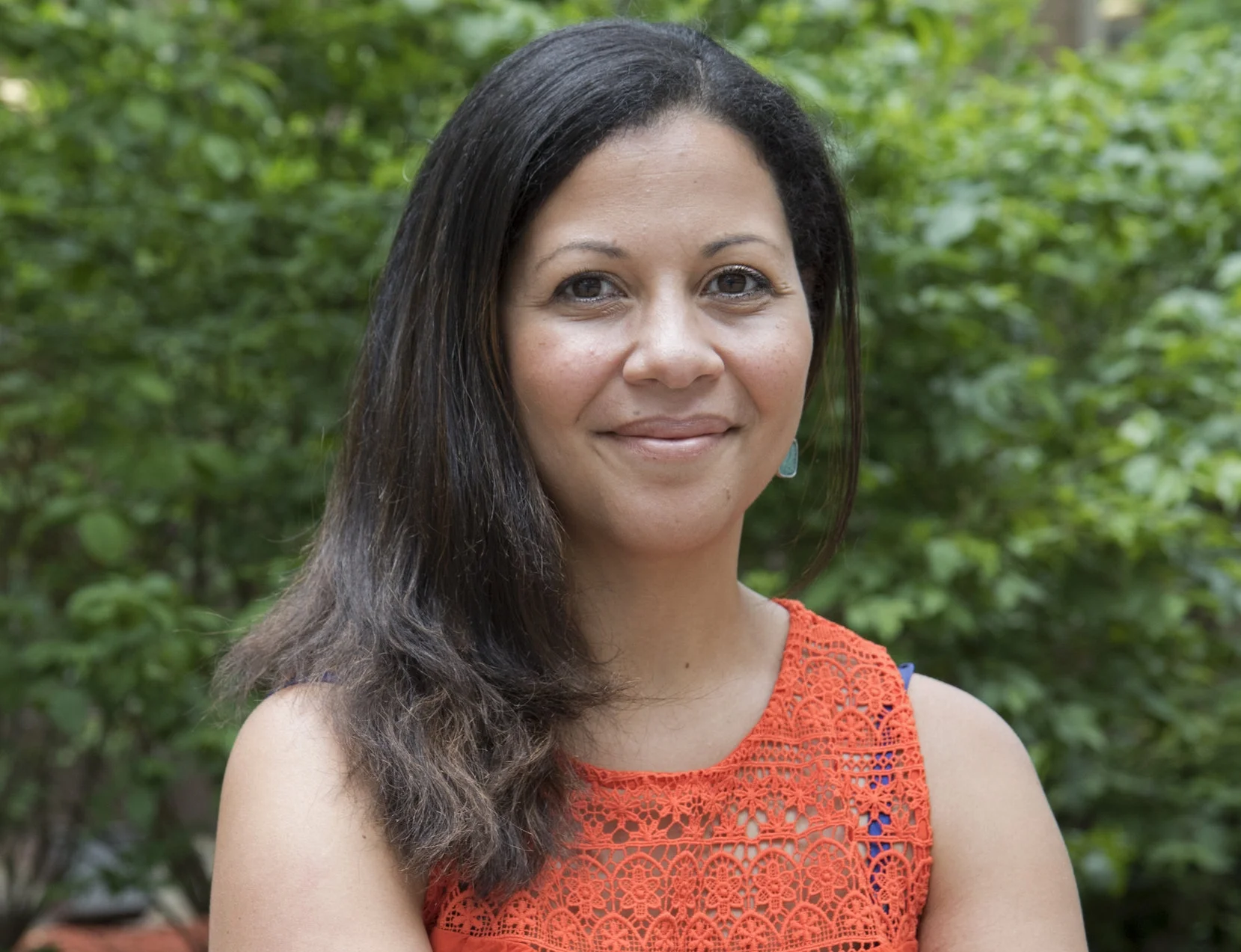Mother's challenge paid off for successful doctor
April 12, 2018
Pursue post-secondary education or move out and find a job to support yourself.
That was the ultimatum that retired registered nurse and Vincentian immigrant Elma Payne issued her only child – Dr. Debra Payne -- nearly a decade before she graduated from high school.
When it comes to getting higher education, there wasn’t going to be kid gloves treatment or negotiation even though mom dearly loves her daughter.
Payne got the message and hasn’t disappointed her parents.
She’s a medical science liaison (MSL) with Allergan that engages in the research, development and manufacture of pharmaceutical products. Its brand portfolio delivers treatments and addresses medical needs in therapeutic categories, including dermatology and aesthetics.
Founded six years ago and headquartered in Dublin, Ireland, the company has offices around the world.
“I was drawn to this company because I really love research,” said Payne who works out of the Unionville office. “Another compelling reason is that the firm is in all parts of the world.”
Payne is the MSL for medical aesthetics and devices.
Medical aesthetic devices are segmented into carbon dioxide laser surfacing, ablative skin resurfacing devices and non-ablative skin fractional laser surfacing devices.
Global medical aesthetics is expected to reach US$26.53 billion in 2024 from US$10.24 billion in 2016.
As the national lead scientist for Botox which is the most popular non-surgical cosmetic treatment with more than six million treatments administered annually, Payne liaises with plastic surgeons, dermatologists, general practitioners and ear, nose & eye specialists.
“My role is to network with these high level medical officials as well as registered nurses and nurse practitioners who inject fillers in Botox and inform them about the science of this new field,” she said. “With another therapeutic area such as oncology, there is more familiarity with the MSL role. Medical aesthetics is a field that’s a cash-only practice. It’s not like you have to get your face done. But if you choose to, the MSL role in facial aesthetics is to let you know there’s a science behind why you are doing it. There is a science why you want your lips looking Kim Kardashian. That’s the uniqueness of my role. Although my role might not be well known or understood, I keep hearing from physicians that this is something we have been craving to know and hear about.”
MSL are vital to the success of a company.
They work throughout a product’s life cycle, help to ensure that products are effectively utilized, serve as scientific peers and resources within the medical community and are scientific experts to internal colleagues at firms. Their key role, however, is to establish and maintain relationships with leading physicians at major academic institutions and clinics.
It’s not surprising that Payne has achieved a high level of professional excellence.
Identified as a gifted student in Grade Seven, she graduated from Earl Haig Secondary School’s Claude Watson Arts program that offers an enriched curriculum for students with special interests and talents in dance, drama, music, and screen and visual arts.
“In my young teens, I wanted to be a psychiatrist, but I didn’t know much about the field and I didn’t have any guidance,” said Payne. “I was also very creative and loved acting. I had a fantastic high school experience, but I didn’t see any future in acting.”
Changing careers to pursue a passion is something that Payne admired about Robin Givens who dropped out of Harvard Medical School prior to playing a call girl in the 1986 film, ‘Beverly Hills Madam’,
“That was what Robin loved and she went after it,” she said. “I admire people like that who pursue something they are passionate about. I wasn’t prepared to give 110 per cent to acting. I liked it, but I didn’t love it. I wanted to do something in the medical field.”
Givens started acting in 1985 with an appearance on ‘The Cosby Show’ which was one of Payne’s favourite sitcoms.
Comedian Bill Cosby, who played the role of Cliff Huxtable, wore Howard and Temple university sweatshirts on the show and while working clubs in New York and Philadelphia in the early 1960s
He received his Bachelor’s degree from Temple in 1971 and historically Black Howard University conferred him with an honourary doctorate in 1989.
Seeing Cosby wear sweatshirts with the names of those universities emblazoned on them influenced the Canadian to attend one of the American educational institutions.
“When my mom and I went to Howard, I fell in love with the school” said Payne whose Barbadian-born father Desmond Payne – a retired engineer who resides in the United Sates – insisted that his daughter attend a university south of the border. “For someone like me who was born and raised in Toronto, this was an entirely new experience and nothing could have prepared me for it. From kindergarten to Grade Six, I was the only Black student in my classes. The impact of seeing every professor, teacher and physician working at Howard University hospital reinforced for me how amazing we are as a people and how much we could accomplish.”
While studying psychology at Howard University, Payne did an internship in neuropsychology at Harvard Medical School.
“My interest was in schizoaffective disorder and I looked at people diagnosed with schizophrenia before the age of 20,” she pointed out. “I looked at the brains post-mortem to see what the issues were. Once I completed the fellowship, I realized I wanted more and that’s when I went into the doctoral program and focussed on research, specifically HIV/AIDS because that’s a disease that was killing many people at the time.”
During her doctoral program at Harvard, Payne successfully lobbied the university’s dean and president to do a four-week international rotation in Trinidad & Tobago.
That opportunity opened new doors.
In the twin-island republic, she met Dr. Courtenay Bartholomew who diagnosed the first AIDS case in the English-speaking Caribbean and Dr. Farley Cleghorn who is an international expert on HIV/AIDS and infectious diseases.
Bartholomew founded and directed the Medical Research Foundation of Trinidad & Tobago while Cleghorn – a 1982 University of the West Indies medical graduate – held several positions at the University of Maryland and is the global head of health practices with Palladium which works with corporations, governments, foundations, investors, communities and civil society to formulate strategies and implement solutions that generate lasting social, environmental and financial benefits.
“I was really impressed with the knowledge and passion of these two professors who helped guide the next 12 years of my life in HIV/AIDS research,” said Payne who has twins that were born in 2005. “I wanted to be like them. They played a huge role in me going to the National Institutes of Health (NIH) which is one of the world’s leading research centers.”
So passionate was Payne about doing research at the NIH that she volunteered with them for 14 months doing 40-hour weekly shifts while her work visa was processed.
She split 14 years at the NIH headquarters in Bethesda, Maryland working as a research scientist and a pharmaceutical research scientist before returning home in 2010.
Payne left the United States because she wanted her children to be raised in a multicultural environment.
“When they were about four years old and I was preparing for them to go to kindergarten, I remember looking around at the schools and seeing only Black faces in them,” she said. “I lived in a mostly Black neighbourhood even though NIH is in an area dominated by Caucasians. While I grew up in a multicultural society in Canada, I experienced deep divisions in the United States. I couldn’t picture my kids going to school in America or raising them in that environment. I made the tough but necessary decision to quit my job two months before they started kindergarten and come back home. It was a difficult decision because I loved my job. I thought my children would have a better life here and that was all that mattered. Looking back now, it was the right thing to do. They are bilingual, they do snowboarding and all the things that most Canadians do.”
Volunteering has also been an integral part of Payne’s life.
Raised in The Peoples Church, she’s affiliated with Mission for Advancing Theological Education (MATE) which provides books to seminaries in the Caribbean, Asia and Africa to help prepare individuals for the ministry, and Friends Committed to Caring (FCC) that offers health education, training and clinical services.
During her doctoral studies, Payne spent four weeks volunteering in Guyana’s Essequibo Coast providing clinical services and professional development for health care workers.
“That was a life-changing experience for me,” she said. “I saw HIV patients lying on metal beds with no sheets. Despite the challenges, the people were so grateful and there was this one lady who offered me a pineapple. That was all that she could give for what we were doing. That meant the world to me and I would cry every time I remember that gesture.”
Payne also volunteers with the Toronto District School Board’s Inner City Advisory Board and the Chill Foundation that uses board sports to teach underserved youths between the ages of 10 and 18 life skills and increase their self-esteem.
“I have been blessed and it’s no point in me having that blessing if I don’t give back,” she said.
In her spare time, Payne also mentors young people.
“The one thing I try to tell them is that they should never be afraid to invest in themselves,” Payne noted. “My student loan was over $100,000, but I had a goal to pay it off. It was hard, but I lived like a student for a while even though I had a full-time job. At the end of the day, nobody can take away your degree. The only way I got the job I am in now is not because someone felt sorry for me. It’s because of my education and the hard work I put in that I am now reaping the rewards.”






